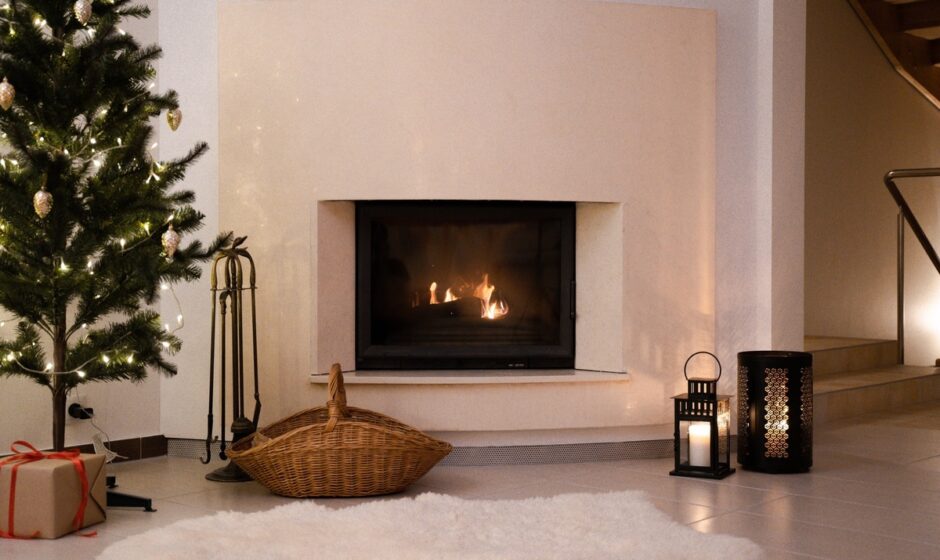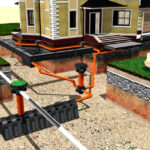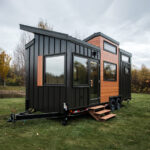A wood-burning fireplace and stove provide warmth to the home and decorate the living room or kitchen. You can cook or reheat food over an open fire. The atmosphere next to the fireplace is special, as the heat from the fire is alive. A wood stove or fireplace cannot be compared to an electric or gas unit. But in addition to the warmth next to the fireplace and the atmosphere in the house, wood heating can also heat other rooms of the house. To do this, you can choose a fireplace or stove with a water circuit. This can be a factory-produced unit or a custom-made one.
The main difference between such stoves and fireplaces is the type of operation. Some cope well with heating a small house, while others can be chosen for a spacious house.
Firebox with open heating system
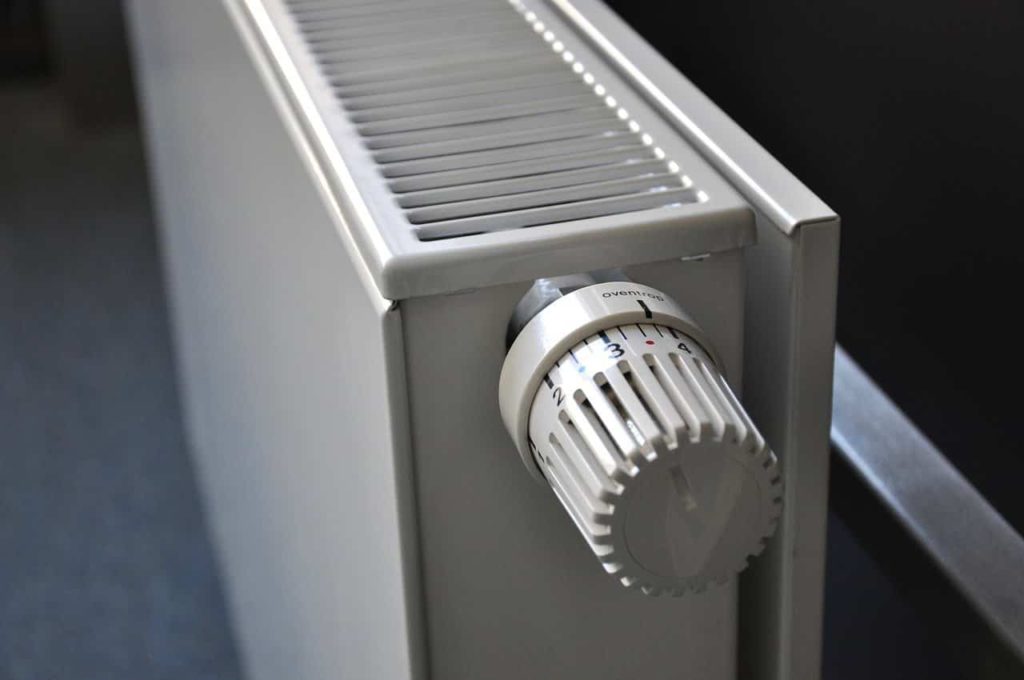
A firebox with a water circuit may have a different operating principle. There are fireboxes with indirect heating of the coolant. Antifreeze or water is in a coil that is connected to the firebox. The coolant heats up and rises into the radiators, and cold water or antifreeze falls again, thereby displacing hot water and facilitating its rise to the top. This system works independently and is a good option for a small house. Heat will quickly form and leave the room just as quickly.
Closed heating system
Another option is a closed system. It requires a firebox with double walls, between which there is a heat exchanger that heats the coolant. That is, the entire process takes place within the furnace.
A fireplace or stove can heat water for radiators or underfloor heating. In this case, part of the heat will be given off by the firebox directly to the room, part will go to heating water or antifreeze, and the heat will go along with the smoke into the chimney.
Consequently, the power of the stove and fireplace with a water circuit is selected by these features. And if for a conventional furnace, a calculation of 1 kW per 10 m2 with standard ceilings is suitable, for a furnace with a water circuit this figure will be approximately doubled. The same applies to stoves with a water tank, which, in addition to heat, provide the house with hot water.
| Read also: Air heating system for a private house
Storage boiler
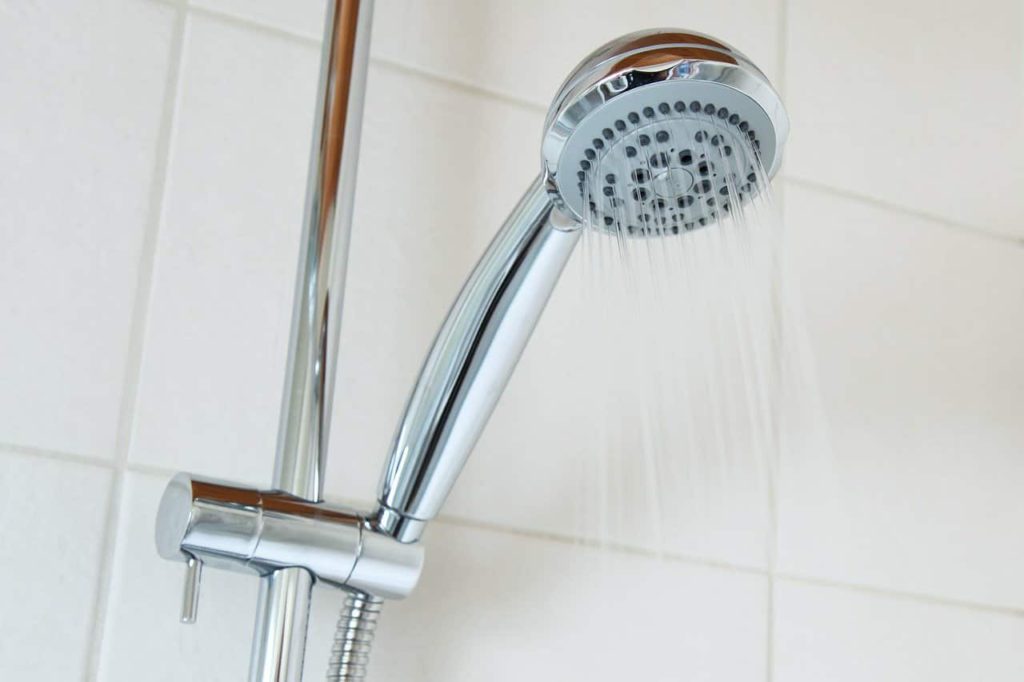
The stove and fireplace can be equipped with a storage boiler. It will contain water for heating and domestic needs; in this case, the firebox will not overheat, since its energy will be used to heat water.
The boiler design is quite simple. It must be insulated (to keep the water hot and to avoid temperature changes), and there are coils inside the boiler that will separate water for domestic needs and heating.
Appearance
A stove and fireplace with a water circuit can have any appearance. This is either a factory option or a factory firebox and is finished with tiles or stone.
For which houses is a fireplace and stove with a water circuit suitable?
It all depends on the area of the room, the number of windows, and the height of the ceilings. Also, in a house with insulated and non-insulated walls, there will be different heat losses. Practice shows that a house recently built from modern materials with good thermal insulation can be heated by a fireplace with a water circuit. In autumn and spring, with such a heating system in the house, it will be quite comfortable. But in severe frosts, you will most likely need an additional heat source.
In addition to insulating the building itself, you can retain heat if you choose a firebox for a fireplace or stove without a large door. It is worth understanding that a classic brick fireplace with a large firebox without a door retains heat in the house worse than, for example, a compact cast-iron stove. The fact is that all the heat from such a fireplace immediately enters the room and dissipates just as quickly. Therefore, the smaller the firebox door is, and therefore the space through which heat immediately leaves, the more heat the house will receive.
A fireplace with a water circuit will transfer almost all the heat to heating water, this will increase the efficiency of the device.
| Read also: Fireplace repair and maintenance: what you can do yourself
Additional heat sources in the house
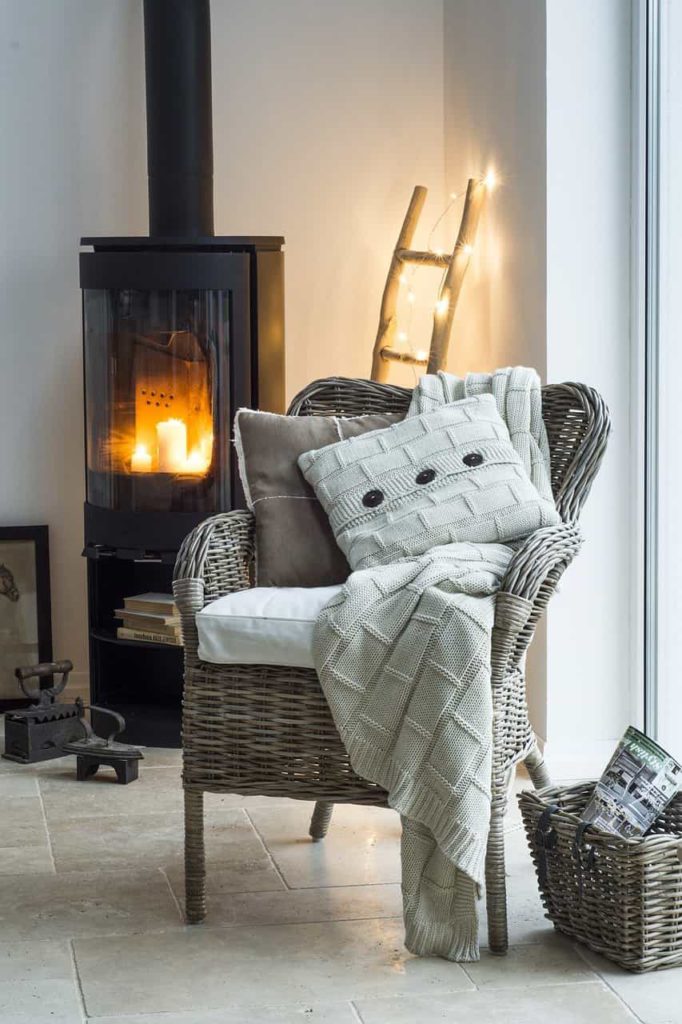
Modern houses can use not only the energy of solid and liquid fuels. The classic heating system can be supplemented with alternative heat sources. These are solar collectors and heat pumps. In this case, the heating will be sufficient, and if one heat source fails or is ineffective, the others will continue to work.
Another option is to choose a tiled stove. Not only can it provide heat to the house using a water circuit, the furnace body is completely heated, and this makes its operation as efficient as possible. A well-heated stove retains heat and releases it gradually; excess heat heats water for radiators and domestic needs.
There is another, more affordable option. These are steel and cast iron stoves. Such a stove can be equipped with a tank for heating water and a water circuit. In addition, the oven consists of two parts. A compartment with stones is adjacent to its firebox. The stones heat up to gradually release heat into the house. Such stoves come in compact sizes, fireplace stoves with fireclay bricks, and stove stoves for cooking and heating food. The difference between a cast iron and a steel stove is as follows. Steel has thin walls, so it will quickly warm the house. A cast iron stove has thick walls, it takes longer to heat up and stays hot longer. There are models of cast iron stoves finished with natural or artificial stone. They are suitable for the simple interiors of a country house and a country house with an original design and expensive finishing.

